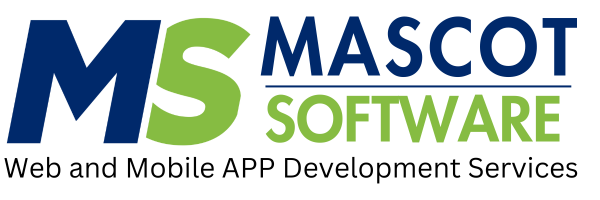
Laravel, a popular PHP framework, has revolutionized web development by providing a structured and elegant approach to building web applications. Its powerful features and elegant syntax make it a favorite among developers worldwide.
Core Features of Laravel
- Eloquent ORM: A powerful object-relational mapper (ORM) that simplifies database interactions.
- Blade Templating Engine: A simple yet powerful templating engine for creating beautiful views.
- Routing: A flexible routing system for defining how URLs map to controller actions.
- Controllers: The backbone of Laravel applications, handling incoming requests and returning responses.
- Middleware: A mechanism for intercepting HTTP requests and performing actions before or after a request is handled.
- Queues: A system for processing time-consuming tasks asynchronously.
- Caching: Improve application performance by storing frequently accessed data.
- Authentication and Authorization: Built-in features for user authentication and authorization.
- Testing: A robust testing framework for writing unit, feature, and integration tests.
Why Choose Laravel?
- Developer-Friendly: Laravel's elegant syntax and clear documentation make it easy to learn and use.
- Rapid Development: Built-in features and tools accelerate development time.
- Security: Laravel provides robust security features to protect your applications from vulnerabilities.
- Scalability: Laravel can handle high traffic and complex applications.
- Community and Support: A large and active community provides extensive support and resources.
Getting Started with Laravel
- Installation: Install Laravel using Composer:
Bash
composer create-project laravel/laravel my-appUse code with caution.
- Basic Structure: Understand the directory structure of a Laravel application.
- Routing: Define routes to handle incoming requests.
- Controllers: Create controllers to handle logic and return views.
- Views: Use Blade templates to create dynamic views.
- Models: Interact with the database using Eloquent ORM.
- Migrations: Manage database schema changes.
- Testing: Write tests to ensure code quality and reliability.
Conclusion Laravel offers a comprehensive set of tools and features that make web development efficient and enjoyable. By understanding its core concepts and best practices, you can build robust, scalable, and secure web applications.






